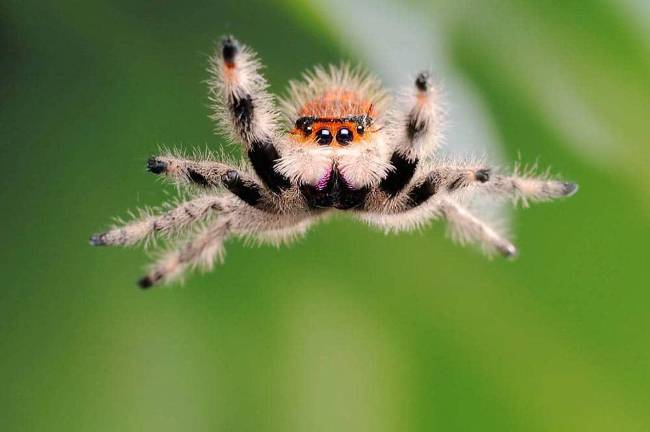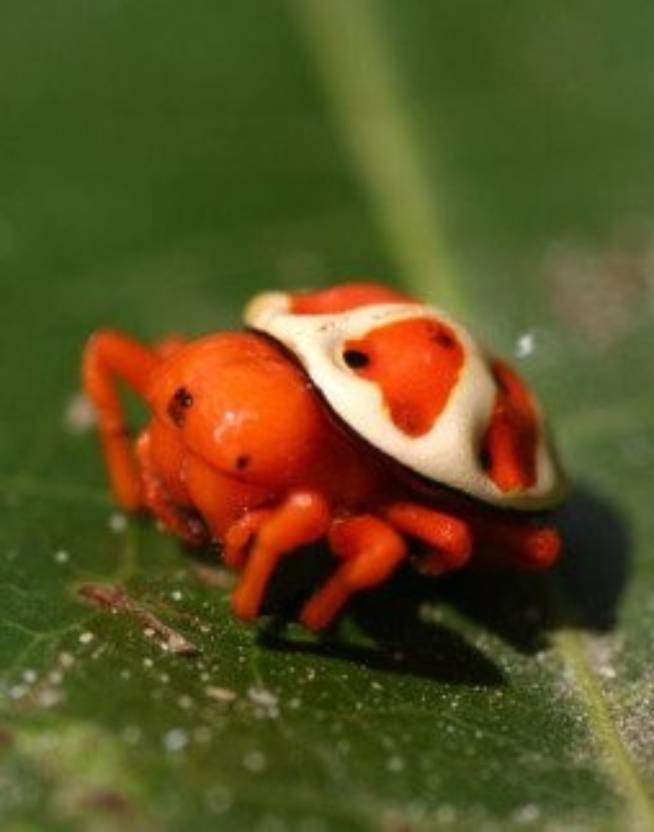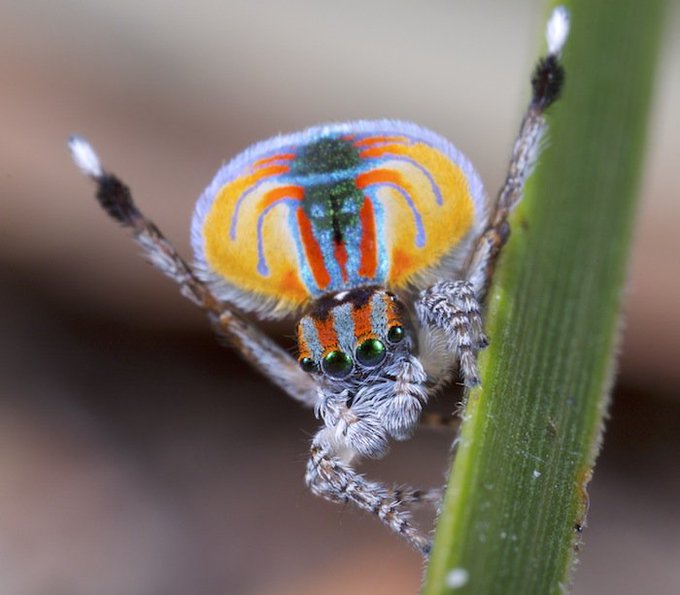Five Reasons to Not Fear Spiders
It’s spooky season, which means the scary decorations will start to appear on houses around the neighborhood. For some, the scariest decoration of all is a giant spider crawling on its web in the front yard. The National Institute of Health estimates that arachnophobia, the fear of spiders, impacts around 6.1% of humans. Its very likely that the overall number of people that react negatively to spiders is much higher than that. It’s unfortunate because of all the great things spiders do for us every day. To show how wonderful spiders really are, let’s examine five reasons you shouldn’t fear spiders.
- Pest Management – Studies around the world show that spiders are the number one predator of many insects that are considered pests for gardens and agricultural producers. A study by Marc et al. in the Journal of Agriculture, Ecosystems and Environment showed that three species of spiders alone reduced aphid populations in winter wheat fields by at least 40% (1999). That translates to a reduction of the need for pesticides, chemicals that reduce both pest and beneficial insect species.
- Biodiversity Indicators – Spiders thrive in areas that have a high number of insect species present. Biodiversity, which is the number of species present combined with their relative abundances, is a great metric to use when measuring how healthy an ecosystem is. The higher the biodiversity, the healthier the area. If you come across an area that has lots of spiders, chances are there are lots of insects, birds, and other animals there too.
- Rarely Dangerous – Of the 3,700 species of spiders found in the United States, only a few are considered dangerous to humans: the brown spiders (Loxosceles spp.) and the widow spiders (Litrodectus spp.). You may have heard of the black widow and the brown recluse. These two species have a broad range through most of the southeast and lower Midwest. But that means that only 0.3% of spiders in the US are dangerous to humans. That’s right, less than 1 percent! Spiders also rarely bite humans. When spiders resort to biting, it’s likely that their life is in danger and it’s their last resort.
- What They Produce – Some spiders are capable of producing venom and silk, two things that are currently being researched for their potential benefits in both the material science field and the medical field. Spider silk is incredibly strong, durable, and versatile which makes it a potential tool in medical procedures. According to Cornell University, spider venom may be a potential treatment option for an array of human diseases such as epilepsy, heart arrhythmia, and pain management.
- Their Cuteness - Spiders are incredibly cute! Just look at these little cuties!



Amy Keigher, Johnson County Extension Natural Resources Agent, 2024
Sources:
The National Institute of Health
Cornell University Library. https://exhibits.library.cornell.edu/arachnophilia/feature/venom-as-medicine
Marc, P., A. Canard, and F. Ysnel. 1999. Spiders (Araneae) useful for pest limitation and bioindication. Agric., Ecosyst. Environ. 74:229 273.